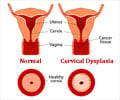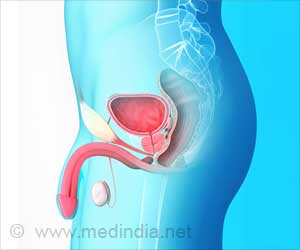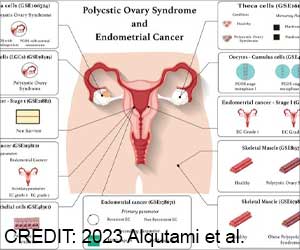
Researchers at the University of Leeds' School of Molecular and Cellular Biology have synthesised a molecule, called an RNA aptamer, that latches onto the carcinogenic protein and targets it for destruction, significantly reducing its presence in cells in the laboratory derived from cervical cancers.
There are many types of human papillomavirus. Some are transmitted by sexual contact and associated not only with cervical cancer but also head and neck cancer. Although an increasing proportion of young women in the United Kingdom are vaccinated against the virus, most women in their mid-20s or older are not vaccinated and many may already be HPV positive.
"We therefore need to maintain screening and to develop novel therapeutic strategies," lead researcher Dr Nicola Stonehouse said. "Currently, if you have advanced cervical cancer or head and neck cancer—both of which are associated with human papillomavirus—you really have little choice but surgery. If we can use this aptamer to target the carcinogenic protein, we might be talking about much less radical surgery in the future."
Aptamers are a relatively new tool for molecular biologists and a topic of intense research interest. Like the much better understood antibodies, aptamers can identify and target other molecules as well as viruses and bacteria. However, unlike traditional antibodies, they offer the possibility of insertion into live cells and can be artificially designed in the test tube.
The Leeds team, which received funding from Yorkshire Cancer Research and the BBSRC, was originally looking for an aptamer for use as a research tool.
Advertisement
The new study is based on laboratory cell lines rather than real cancer cases, but the discovery of a molecule that targets one of the key proteins involved in HPV-related cancers raises the possibility of less invasive treatments.
Advertisement
The paper is published in the journal PLOS One.
Source-Eurekalert














